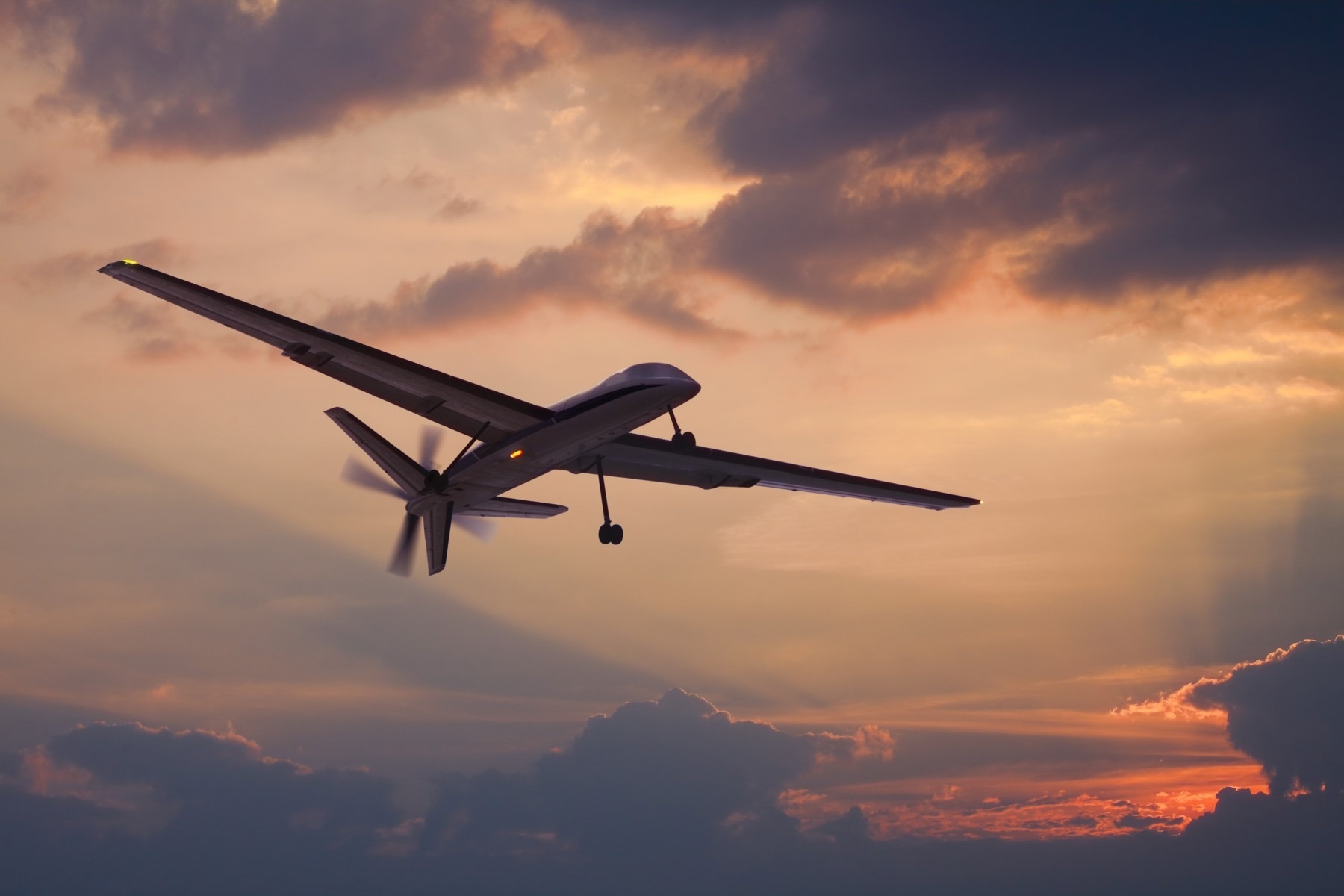A more effective wind sensor has been created and successfully tested for use on drones, balloons, and other autonomous aircraft.
 Drones need wind sensors to be able to take off safely as well as sense nearby objects in the sky. Image Credit: Getty Images
Drones need wind sensors to be able to take off safely as well as sense nearby objects in the sky. Image Credit: Getty Images
These wind sensors, also known as anemometers, are used to track the direction and speed of the wind. According to experts, better wind sensors are required as demand for autonomous aircraft rises to help these aircraft identify weather changes and carry out safer takeoffs and landings.
According to Marcelo Dapino, a co-author of the study and professor of mechanical and aerospace engineering at the Ohio State University, such improvements could enhance how individuals use their local airspace, whether it be through drones making deliveries or passengers one day flying on unmanned aircraft.
Our ability to use the airspace to move or transport things in an efficient manner has huge societal implications. But to operate these flying objects, precise wind measurements must be available in real time whether the vehicle is manned or unmanned.
Marcelo Dapino, Study Co-Author and Professor, Mechanical and Aerospace Engineering, The Ohio State University
Accurate wind measurements are necessary for energy predictions and wind turbine performance optimization, in addition to assisting flying objects in navigating vast distances, he added.
The journal Frontiers in Materials published the results of their study.
Although the methods used by conventional anemometers to obtain their data differ, all of them have drawbacks, according to Dapino.
Many types of anemometers are inappropriate for small aircraft because they could be costly to manufacture, waste large quantities of energy, and have significant aerodynamic drag, which means the instrument opposes the aircraft’s passage through the air.
The anemometer used by the Ohio State team, however, is lighter, has lower energy, lower drag, and is more responsive to changes in pressure than traditional models.
The device was made from “smart materials,” or matter with regulated qualities that allow it to feel and respond to its environment, according to Leon Headings, co-author of the study and senior research associate in mechanical and aerospace engineering at Ohio State. The team employed polyvinylidene fluoride, an electric polymer (PVDF).
PVDF, which is widely used in architectural coatings and lithium-ion batteries, can be piezoelectric, which implies that it could generate electrical energy in response to pressure. The device can be powered by this energy. A flexible PVDF film’s recorded voltage or capacitance change can be used to determine the wind speed.
Aerodynamic drag is decreased by the PVDF sensor being placed onto an airfoil that resembles an airplane wing. The airfoil can be used to determine the wind’s direction since it can freely spin like a wind vane.
But researchers devised a two-pronged experiment to see how their device would perform when exposed to Earth’s atmosphere. The sensitivity of the pressure sensor was first evaluated in a sealed container. The sensor was then mounted on an airfoil and put through its paces in a wind tunnel.
The findings demonstrated how well the sensor monitors both pressure and wind speed. By detecting the absolute orientation of the airfoil with respect to the Earth’s magnetic field, a small digital magnetometer compass built inside the airfoil delivers accurate wind direction data.
However, further study is required before the wind sensor concept can be applied outside of a controlled laboratory setting.
Dapino hopes that as his team works with PVDF and other cutting-edge materials to advance sensor technology, their efforts will eventually result in technology that can be applied outside of aircraft, such as for wind turbines to provide the general public with clean, efficient, and readily available energy.
Dapino added, “These are very advanced materials and they can be used in many applications. We would like to build on those applications to bring compact wind energy generation to the home.”
The project is part of the Smart Vehicle Concepts Center, a National Science Foundation Industry University Cooperative Research Center at Ohio State. Eiji Itakura at Toyota Motors Corporation in Japan and Umesh Gandhi at the Toyota Research Institute of North America led the team that supported this research.
Arun K. Ramanathan, a recent Ohio State mechanical engineering graduate, was the study’s additional co-author.
Journal Reference:
Ramanathan, A. K., et al. (2022) Airfoil Anemometer With Integrated Flexible Piezo-Capacitive Pressure Sensor. Frontiers in Materials. doi:10.3389/fmats.2022.904056.